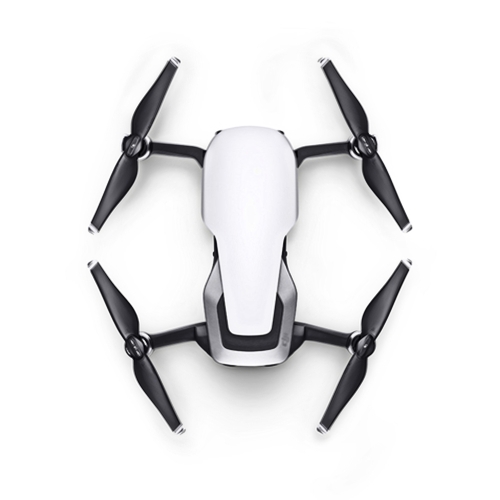Unveiling the Truth from the Ukrainian War Zone
In an age of digital technology and social media, the world has unprecedented access to raw, unfiltered images from war zones. This is particularly relevant to the ongoing conflict in Ukraine, a region where tensions between national and separatist forces have been simmering since 2014. Despite the flood of information, discerning the reality on the ground from propaganda and manipulation can be a daunting task. This article delves into the world of uncensored Ukraine war footage, discussing its value, challenges, and impacts on public perception and war reporting.
Setting the Scene: Understanding the Ukrainian War Zone
The conflict in Ukraine, with it’s origins between the Ukrainian government and pro-Russian separatists in the eastern regions of Donetsk and Luhansk, began in 2014. It was sparked by Russia’s annexation of Crimea, and the subsequent political and military unrest has since resulted in a protracted, bloody war that began in February of 2022. The war zone is characterized by a vast array of combat environments, from dense urban areas to remote rural landscapes, making it a complex theater for war reporting. The reality of the conflict, however, is often obscured by the fog of war and the manipulation of information by all parties involved.
Deciphering the Truth: The Role of Raw Footage
Raw footage from the Ukrainian war zone provides an unfiltered view of the conflict, free from the spin of mainstream media or government propaganda. This footage, often captured by local citizens, journalists, or even soldiers themselves, provides a visceral, first-hand look at the realities of war. It has the potential to expose atrocities, document human rights abuses, and challenge official narratives. However, raw footage also presents challenges in terms of verification and context. Without proper analysis and understanding, these images can be misinterpreted, or worse, manipulated to serve nefarious agendas.
Behind the Lens: A Glimpse into War Reporting
War reporting is a perilous profession. Journalists risk their lives to document the realities on the ground, often under constant threat of violence or capture. In the Ukrainian conflict, reporters navigate a landscape fraught with danger, from indiscriminate shelling to sniper attacks. The raw footage they capture is a testament to their bravery and dedication. However, their objectivity can be compromised by the inherent chaos and uncertainty of the war zone, leading to potential biases or inaccuracies in reporting.
Analyzing Raw Footage: Techniques and Tools
Analyzing raw footage from the Ukrainian war zone involves a combination of technical and contextual analysis. Technical analysis includes verifying the authenticity of the footage, determining the location and time of the recording, and identifying key visual elements. Contextual analysis, on the other hand, involves understanding the broader political, cultural, and historical factors that influence the events depicted in the footage. Tools such as geolocation technology, digital forensics, and open-source intelligence can aid in this process, but human judgement and expertise remain crucial.
Case Study: The Battle of Donetsk Airport
The battle for Donetsk Airport, which took place between 2014 and 2015, serves as a vivid example of the power and pitfalls of raw footage. The airport, a strategic location, was heavily contested by both Ukrainian forces and pro-Russian separatists. Numerous videos emerged during this period, documenting the brutal urban warfare that characterized the battle. However, these videos also highlighted the challenges of interpreting raw footage. Without proper context and analysis, the footage could easily be misused to fuel propaganda or misinformation campaigns.
Unmasking Propaganda: Manipulation in War Coverage
Propaganda is a powerful tool in warfare, used to manipulate public opinion and morale. In the Ukrainian conflict, all sides have utilized propaganda to shape the narrative of the war. Raw footage can be exploited for this purpose, with images selectively used or manipulated to support a particular viewpoint. Unmasking such propaganda requires discerning analysis and a skeptical eye. It’s crucial to question the source, context, and purpose of the footage, and to cross-reference it with other sources of information.
The Power of Context: Interpreting Visual War Narratives
Context is key to interpreting raw footage from the Ukrainian war zone. Without understanding the political, cultural, and historical backdrop of the conflict, the footage can easily be misinterpreted or manipulated. For example, an image of a destroyed building could be used to depict the brutality of one side, while ignoring the broader context of the war. Therefore, it’s essential to approach such footage with a comprehensive understanding of the conflict and its complexities.
Ethical Dilemmas: The Challenges of War Zone Reporting
War zone reporting poses a myriad of ethical dilemmas. From the decision to publish graphic images of violence, to the risk of endangering sources or subjects, journalists must navigate a moral minefield. The publication of raw footage can also be fraught with ethical challenges. While it can expose atrocities and human rights abuses, it can also invade privacy, intensify trauma, or incite violence. These dilemmas underscore the importance of responsible and ethical journalism in conflict zones.
The Impact of Raw Footage on Public Opinion
Raw footage from war zones can profoundly influence public opinion. It offers a direct, unfiltered view of the conflict, challenging official narratives and exposing the human cost of war. In the Ukrainian conflict, raw footage has galvanized international attention and sympathy, influencing political discourse and policy decisions. However, it can also be manipulated to fuel fear, hatred, or apathy, underscoring the importance of critical engagement with such images.
Moving Forward: How Technology is Changing War Reporting
Technology is revolutionizing war reporting. From drones capturing aerial footage to satellite imagery, journalists now have unprecedented tools to document conflicts. Social media platforms have also democratized the dissemination of information, enabling citizen journalists to share raw footage directly with the public. While these advancements present new opportunities, they also pose new challenges in terms of verification, ethics, and safety. As we move forward, it’s crucial to harness these tools responsibly, ensuring that they serve to illuminate, rather than obscure, the truth.
In conclusion, raw footage from the Ukrainian war zone offers a powerful, albeit challenging, window into the realities of conflict. It necessitates careful analysis, a comprehensive understanding of context, and a commitment to ethical journalism. As technology continues to transform war reporting, we must ensure that these images serve to unveil the truth, rather than propagate falsehoods or propaganda.








































